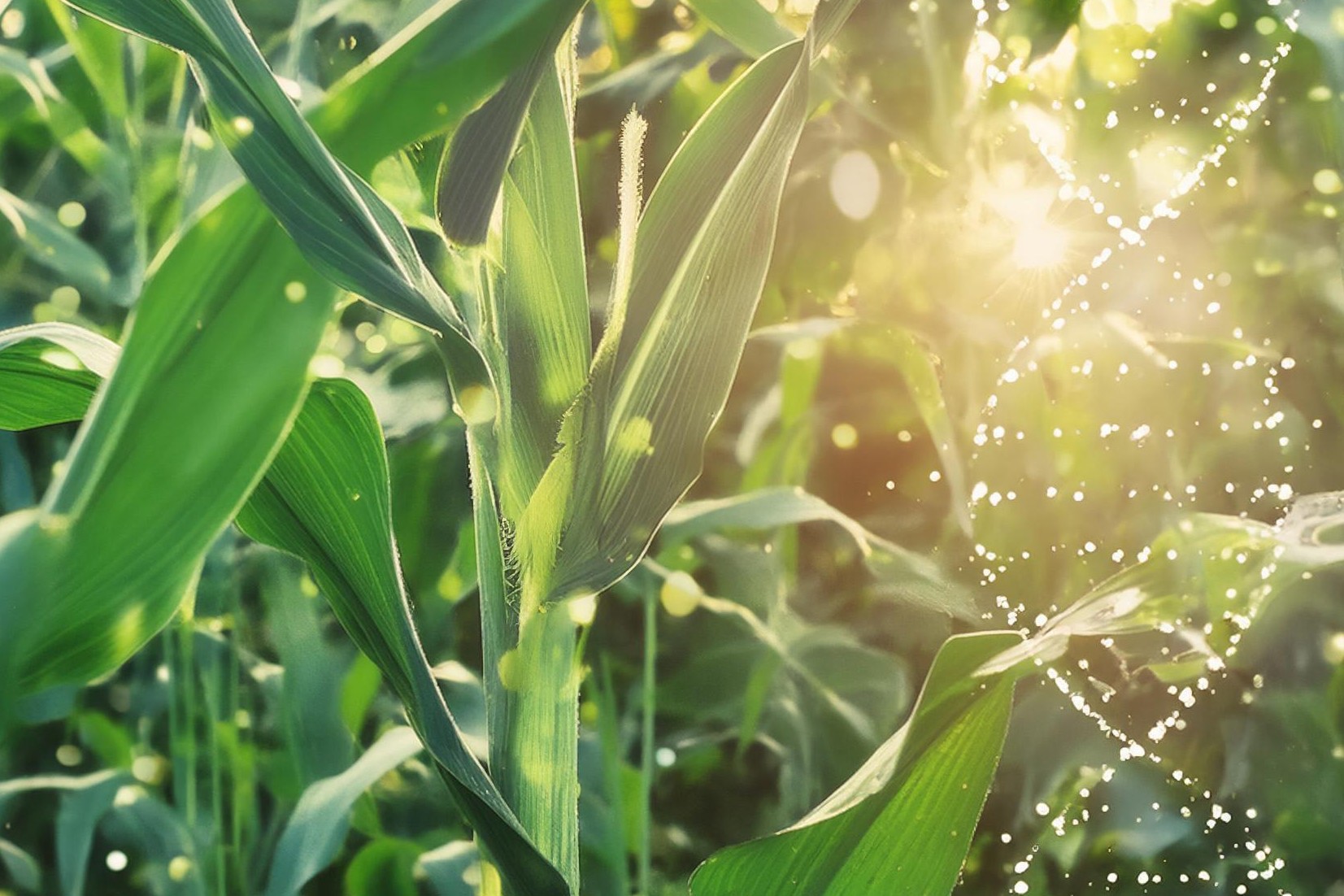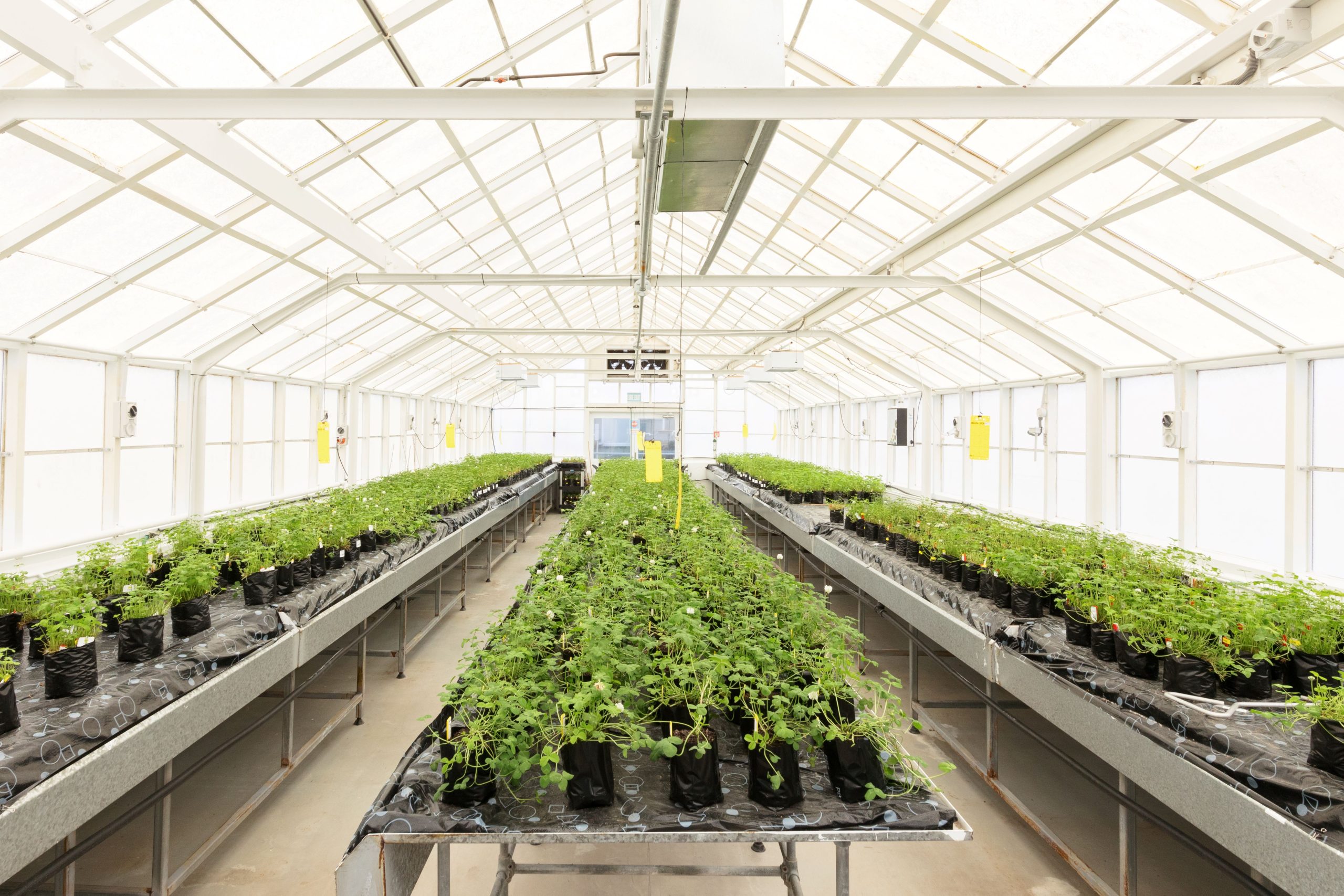Researchers have discovered a genetic link to sheep with high or low levels of methane emissions. Delwyn Dickey reports.
In the future farmers may be able to tell if their sheep or cow is a low methane emitter simply by testing its milk or taking a biopsy.
That’s the hope of AgResearch senior scientist Suzanne Rowe.
Over the last 10 years or so Suzanne and her team with funding by the New Zealand Agricultural Greenhouse Gas Research Centre (NZAGRC) and the Pastoral Greenhouse Gas Research Consortium (PGgRc), have been researching low- and high-methane-emitting sheep.
Within every flock they tested they found some sheep naturally emitted lower levels of methane when they belched, and others that produced higher methane levels.
By breeding low emitters with low emitters, and high emitters with high emitters, they were able to show this trait is hereditary and can be bred for. It is also cumulative, meaning each successive generation produces less methane compared to the previous generation, or more methane depending on the line. And this change is
permanent. The difference between the high-emitting sheep line and low-emitting line is about 10 to 12%.
A bonus is the animals in the low-emitting line are generally healthier with greater fleece weights, increased growth, lean yield and greater parasite resistance.
So what’s happening inside the sheep that emit less methane?
“As part of the fermentation process of gut microbes breaking down plant cell fibres hydrogen is produced,” Suzanne explains. “This combines with oxygen in the rumen, to form methane, which is then belched out by the sheep.
“The low-methane animal eats less than high-methane animals at each meal. But eats more meals during the day – she has a smaller rumen but has more advanced papillae which are denser and longer.” (Papillae are finger-like projections that protrude from the interior of the rumen wall to increase the surface area of the rumen for greater nutrient absorption).
“She also has more wool – so something in the gut is giving her the energy to grow more wool.
“She is basically housing a different microbial community. That community is changing the ratio of the energy source to the animal, changing the fermentation, changing the amount of propionate that’s given to the animal and what that’s doing is consuming hydrogen – so getting less hydrogen, and so less methane. At the same time less acetate and butyrate, so getting less fat on the animal – a leaner, more muscular animal, she’s more profitable but quite different.”
But you can’t spot the high and low-emitters just by looking for them in a flock – you need to measure them, she says.
Dairy sheep breeds weren’t used in the research, but Suzanne says the outcomes would still be the same as it was a fundamental change in the energy supply coming from the gut.
Milk from low-emitting sheep
Sheep milk already has plenty going for it when compared to cow’s milk. It has higher levels of carbohydrates, minerals and certain vitamins. It also has higher levels of protein and twice the fat content of cow or goat milk. The protein in sheep milk is also more readily digested compared with cow milk making it easier for babies, toddlers and the elderly to digest, and it is a better source of essential amino acids than cows’ milk.
The changes in milk, brought about by breeding for low-methane emissions, are also positive, Suzanne says.
“The same amount of fat is being produced by high and low-methane animals in regards to their milk, but the profile of that milk is slightly different.”
While it’s uncertain what effect that will have on quality or processing for cheeses, these changes are still within normal ranges, Suzanne says, so they should be minimal.
As far as producing milk for human consumption, the changes are positive.
“There is less saturated fat in the milk and more polyunsaturated fat, so inflammation [during digestion] is lower, and more polyunsaturated fat in the milk is good for spreadable butter. If we were using milk to make hard cheese, which we don’t really do in New Zealand, there might be a slightly lower yield,” she says.
“The same with meat – we’re seeing less saturated fat in animal products from breeding for low methane.”
While that’s a positive for health,
Suzanne reckons these changes can also be seen as a signature to help identify low-emitting animals, and act as a screening tool.
“Most dairy animals in flocks and herds have some form of herd test at some point, so if we can include some form of screening test in that herd test that looks for a low-methane signature, that would really help us select the animals that would be most appropriate for breeding going forward. That signature would be the same across all rumen milk producers – sheep goats, cattle, and buffalo,” she says.
The group is measuring 5000 animals a year.
“We could be saving around 4.5 million tonnes of CO2e by 2040, by implementing this across breeders’ flocks and saving .5% per year across the national flock. This won’t impact production. Costs about $1.72 per tonne of CO2e mitigated with good returns. So a low-cost, simple, straight forward, easily marketed way to reduce methane at the farm gate.”
As the dairy industry looks to reduce its carbon footprint, and with 65% of the country’s methane emissions coming from cattle digestion compared to 27% from sheep, detecting and lowering cows’ methane emissions will have a much bigger impact on our footprint.
With news in the last few weeks that researchers have now also been able to identify low methane emitters among young breeding bulls, there is the real possibility this technology could lead to methane reduction in all NZ livestock species. But it’s too early to break out the champagne.
While things are looking positive and indicate that breeding is a credible strategy to help mitigate greenhouse gases from livestock, Suzanne says it is also one of the most modest strategies.
This is particularly pertinent when considering the targets set by the Paris agreement, one of the first of which, is to reduce global greenhouse gases by 30% by 2030.
Tasked with a 50% reduction by 2050 it’s unlikely we’ll get there by breeding alone, she says.
The technology has global implications if scientists see this signature around the world. One of the uncertainties for the technology is to do with our pastural grazing systems, as much of the milk and meat globally, especially in the United States, comes from animals raised in feedlots and feed grains and other high energy feeds, rather than on pasture.
“If we do see this signature across ruminants globally that gives us confidence it will work that it’s not going to disappear if we feed the animal a different diet.
“We don’t know what will happen if animals are grain-fed for instance, and would give us confidence this isn’t just something we might see in a small population on one single feed.”
Regardless, other mitigations will also be needed for NZ to achieve its commitments.
“There are feed additives, feeding strategies, vaccines, many more things not implemented yet but in testing. We want to know how they combine in a system.
“Combine low-methane animals with different feeding, different additives, the vaccine when it becomes available and demonstrating what happens when we combine these technologies.”
So while it may not be time to break out the bubbly just yet, perhaps move it into the fridge, rather than leaving it in the cellar.





